Boas: Masters of Stealth and Strength
Meet the Boa
Boas are some of the most remarkable snakes on the planet, admired for their beauty, strength, and fascinating hunting techniques. The iconic boa constrictor and the vibrant emerald tree boa are just two examples from this diverse family of reptiles. Unlike many snakes that rely on venom, boas are constrictors — using their muscular bodies to subdue prey. They live in habitats ranging from dense rainforests to arid deserts, and they play an important role in maintaining ecological balance.

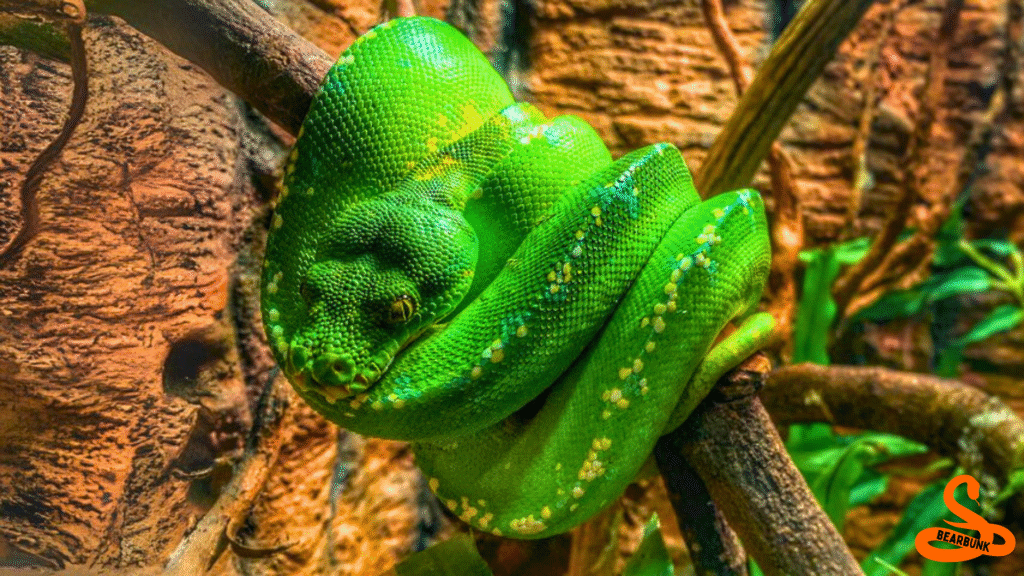
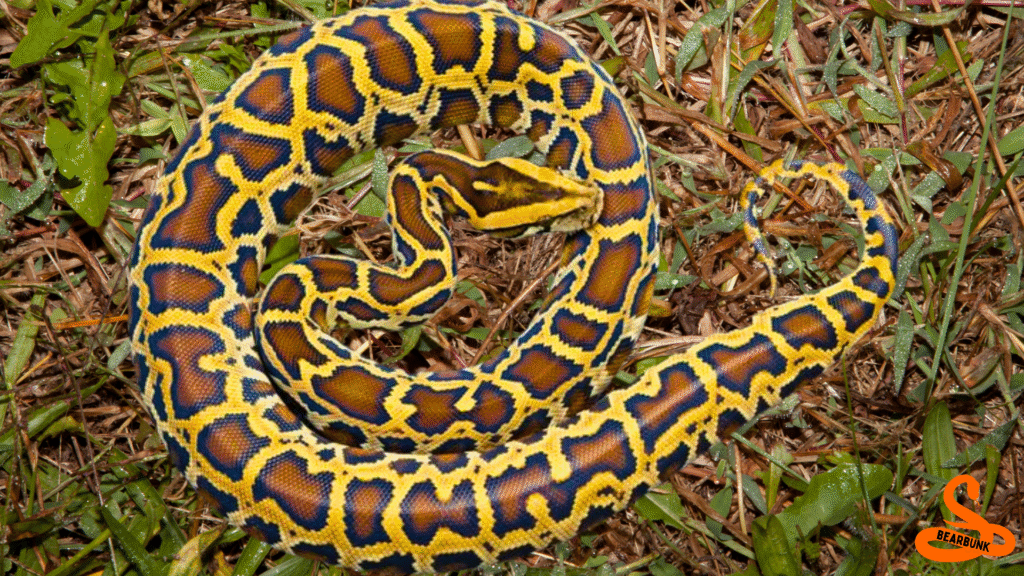
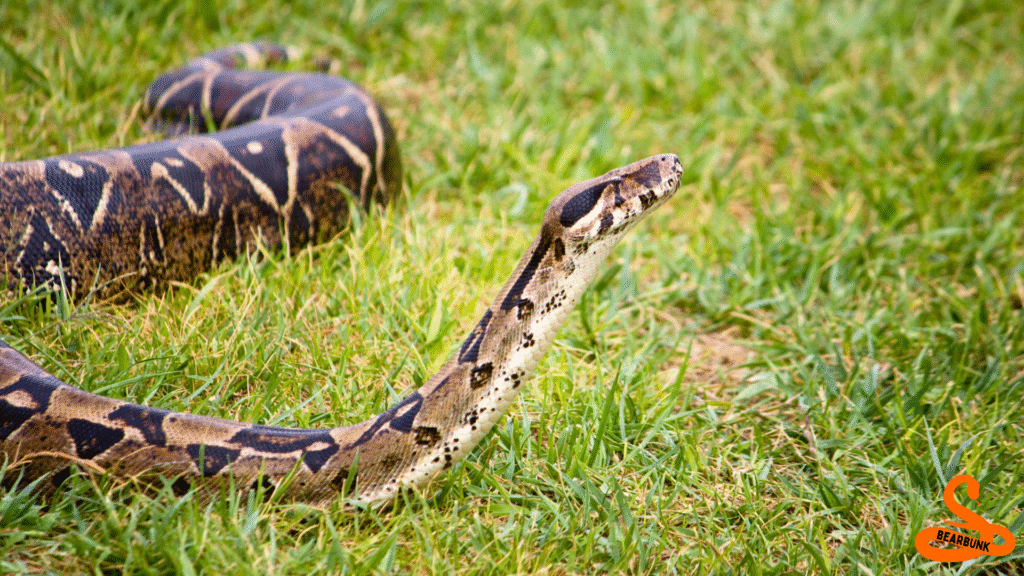
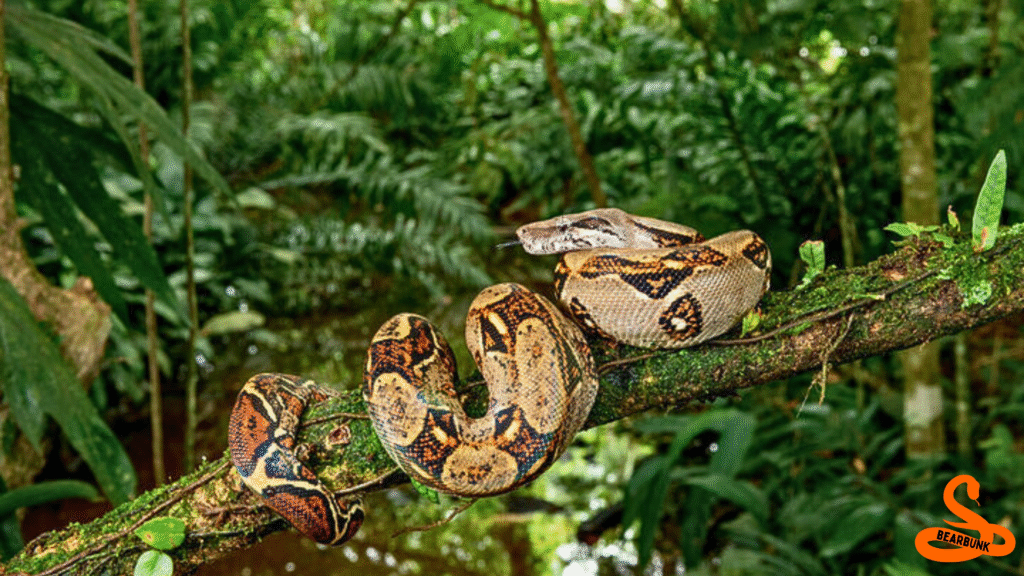

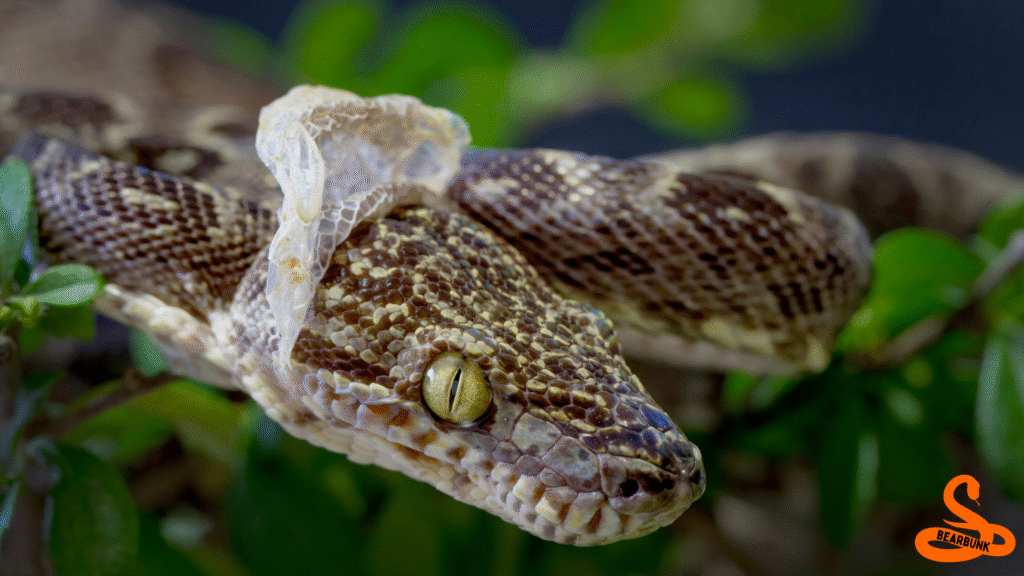
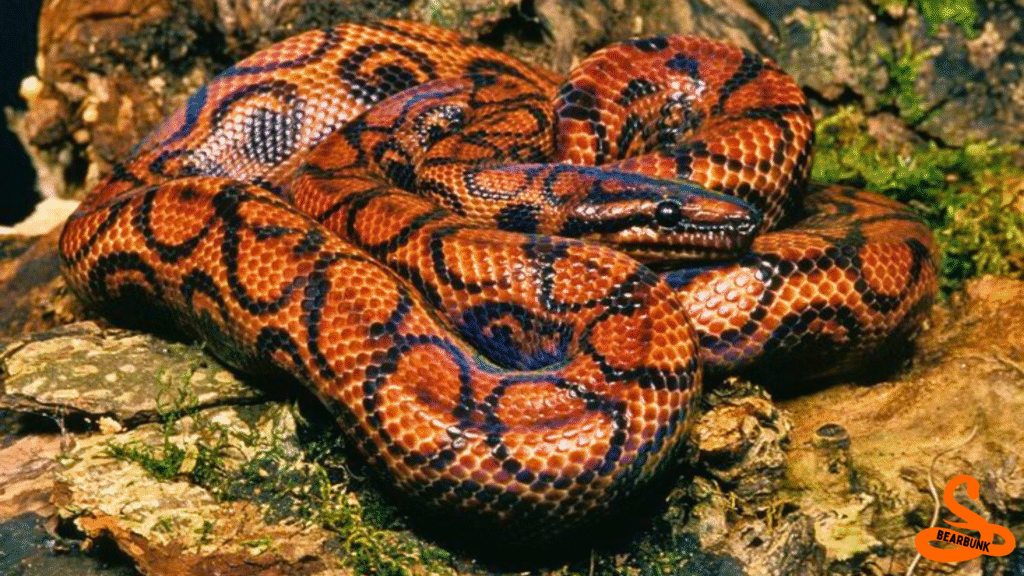
Species of Boas
Here are just a few of the many stunning species in the boa family:
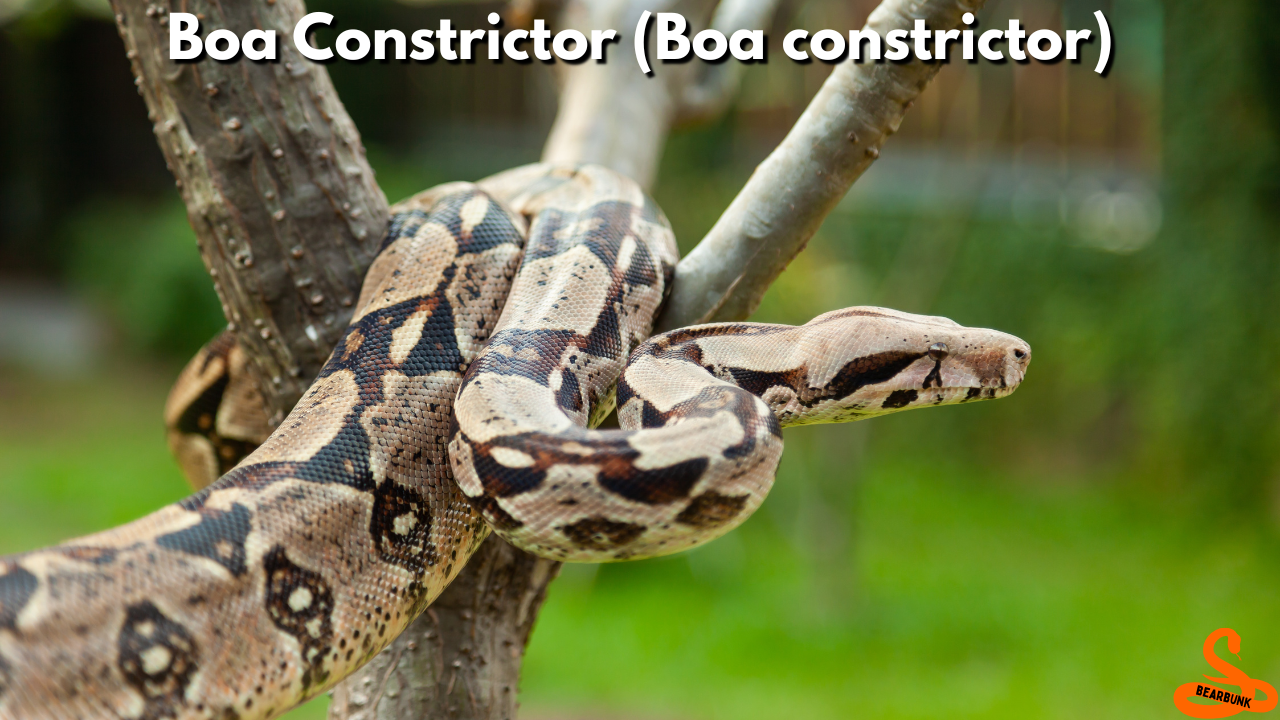
Boa Constrictor (Boa constrictor)
Native to Central and South America, this large and powerful snake is one of the most recognized boa species. It thrives in forests, savannas, and even semi-arid regions, adapting well to a variety of environments.
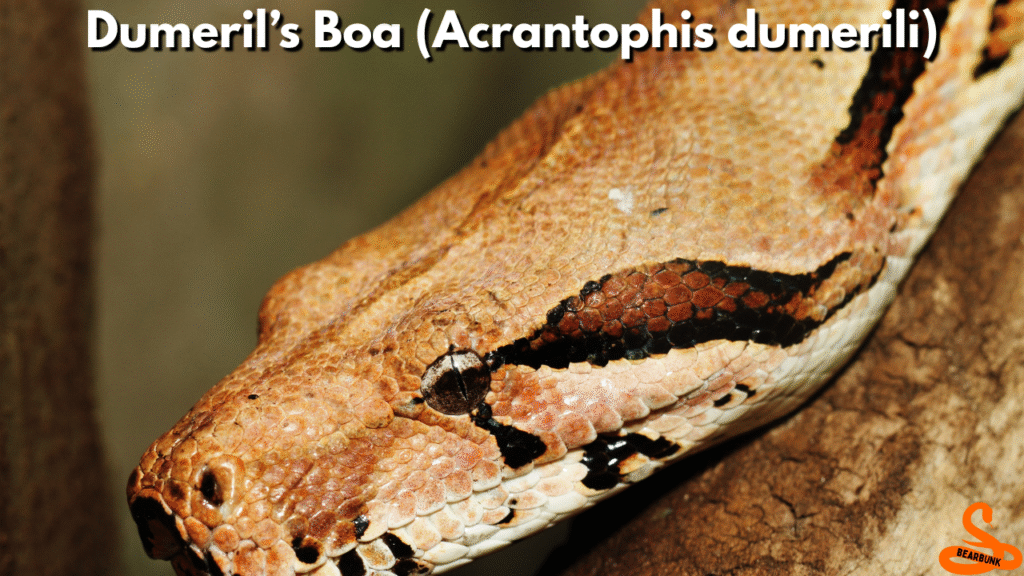
Dumeril’s Boa (Acrantophis dumerili)
Native to Madagascar, this species is known for its muted brown and tan pattern, which provides excellent camouflage against leaf litter on the forest floor.
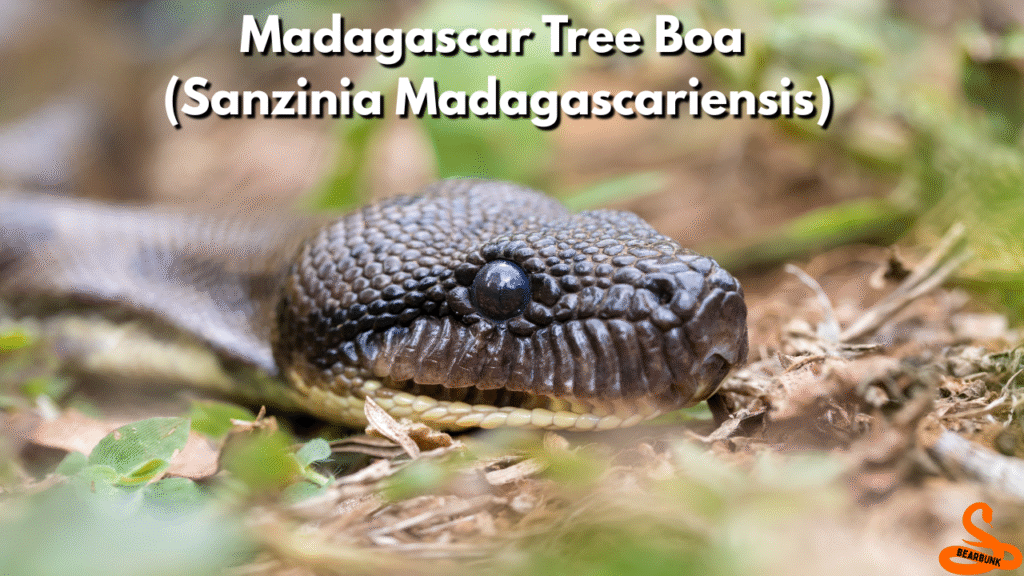
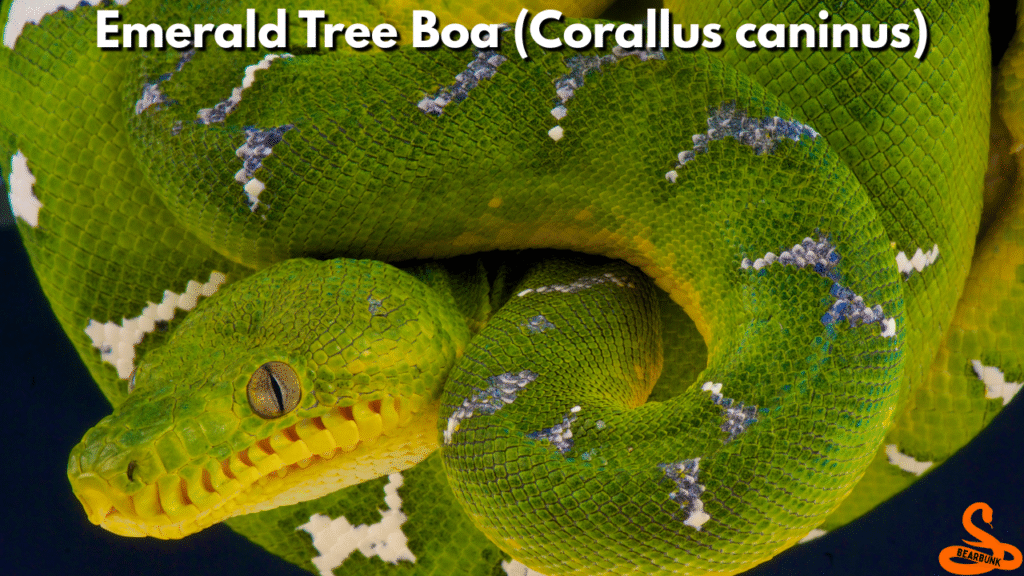
Emerald Tree Boa (Corallus caninus)
Found in the rainforests of South America, this snake is famous for its vivid green scales and white markings. It spends most of its life in trees, ambushing prey from overhead branches.
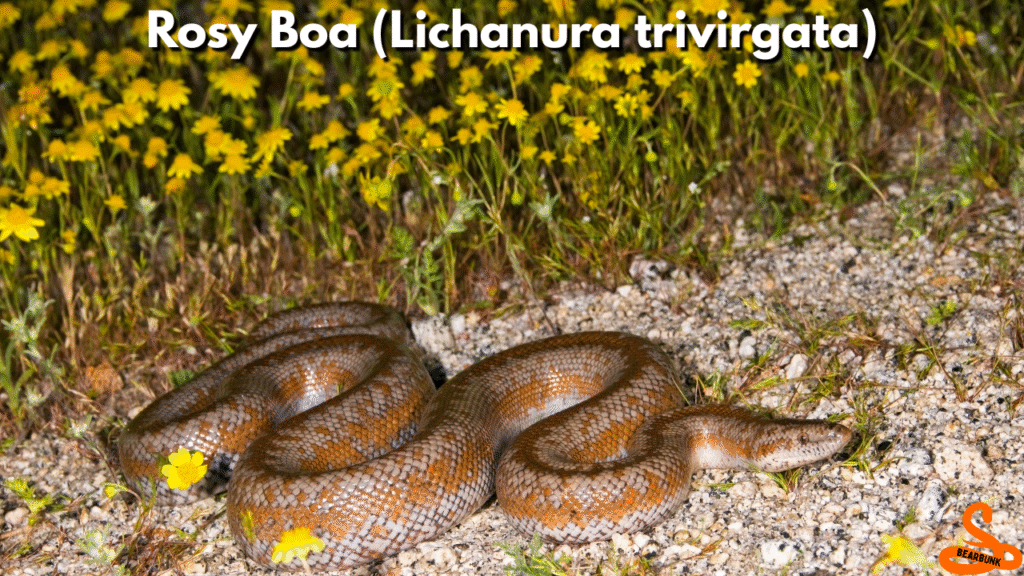
Rosy Boa (Lichanura trivirgata)
Small and gentle, this boa is found in the deserts and rocky areas of the southwestern United States and northwestern Mexico. Its calm temperament makes it popular among reptile enthusiasts.
Madagascar Tree Boa (Sanzinia madagascariensis)
This species inhabits Madagascar’s tropical forests and is known for its variable coloration, ranging from green to brown, often with subtle patterning.
Habitat
Boas can be found in an incredible range of environments — tropical rainforests, savannas, deserts, and even semi-urban areas. Tree-dwelling species prefer dense canopy cover, while terrestrial boas often use burrows or leaf litter for shelter. Many boas are skilled swimmers, taking advantage of rivers and streams within their range.
Diet
Boas are carnivores, with diets that vary by species and size. They may eat birds, lizards, or small mammals, helping to keep local populations in balance. Using their signature constriction technique. This method, combined with excellent camouflage and patience, makes them highly effective hunters in their natural habitats.
Share On Social:
Mating & Raising Young
Unlike many reptiles, boas give birth to live young rather than laying eggs. After mating, the female retains the developing embryos inside her body, giving them a measure of protection until birth. Litter sizes vary widely, from a few young to over 50, depending on the species.
Fun Facts
- The boa constrictor’s name is both its common name and scientific name.
- The emerald tree boa’s vivid green scales help it blend perfectly into rainforest foliage.
- Boas have heat-sensing pits along their jaws, helping them detect warm-blooded prey in the dark.
- Some boas can live more than 30 years in the wild.
- The emerald tree boa’s teeth are among the longest of any non-venomous snake, relative to body size.
About Boas
Scientific Family: Boidae
Number of Species: ~49
Habitat: Forests, savannas, deserts, wetlands
Diet: Carnivore
Lifespan: 20–40 years (species dependent)
Unique Traits: Constriction hunting method, live birth
Social Structure: Solitary except during breeding
Fun Fact: Boas are found in both the New World (Americas) and Old World (Africa, Madagascar) — a rare distribution pattern for snakes.
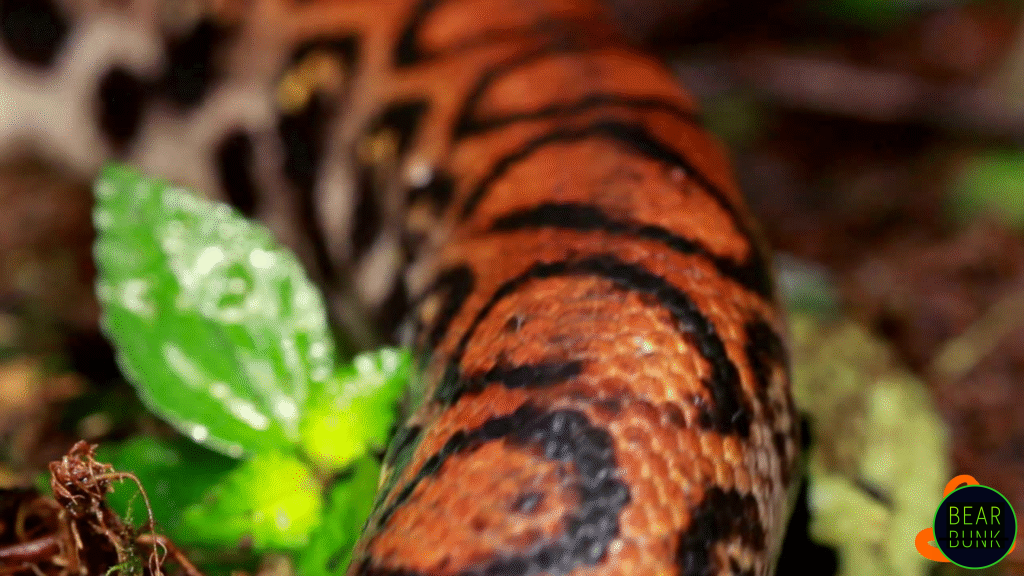

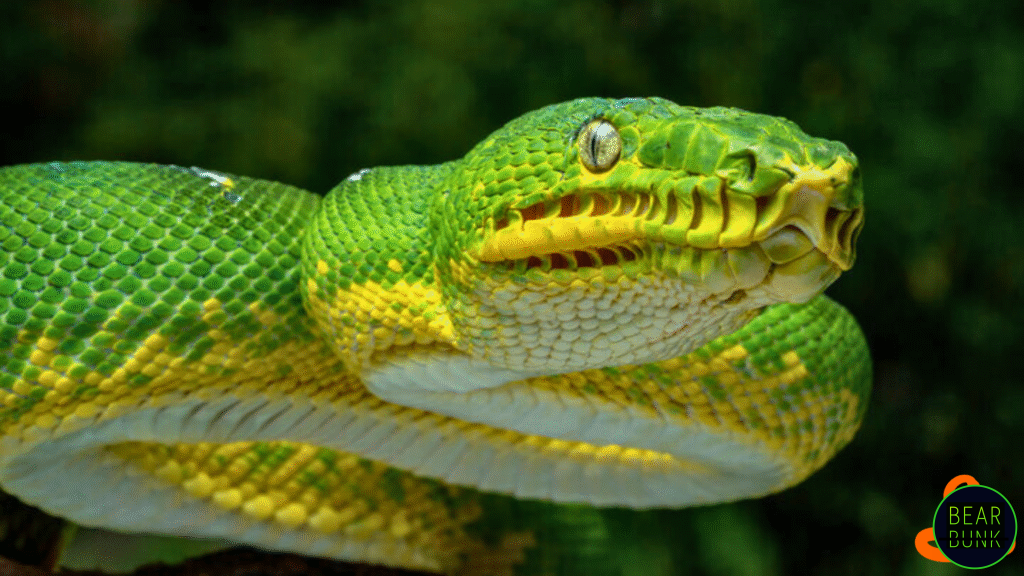
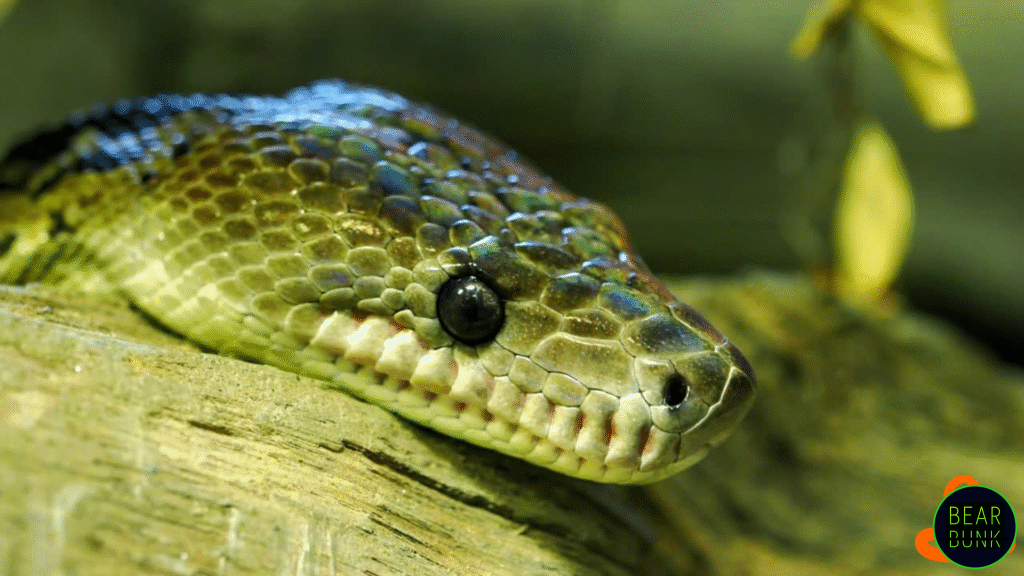
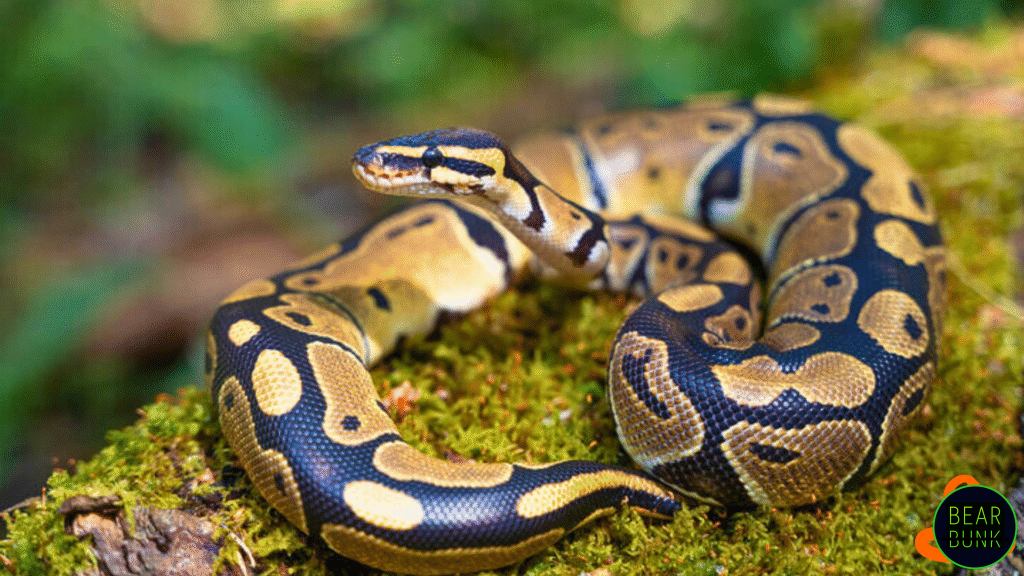


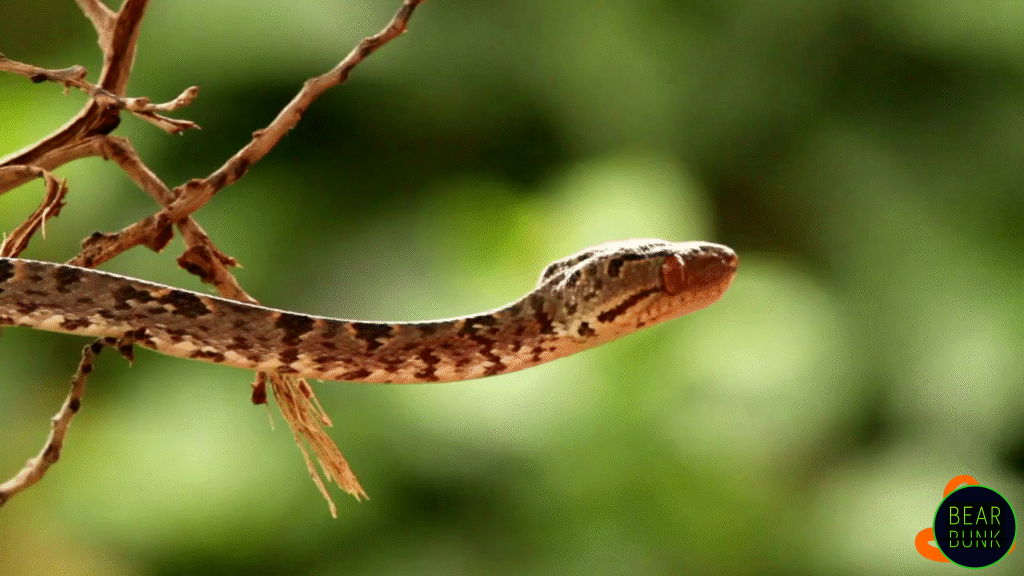
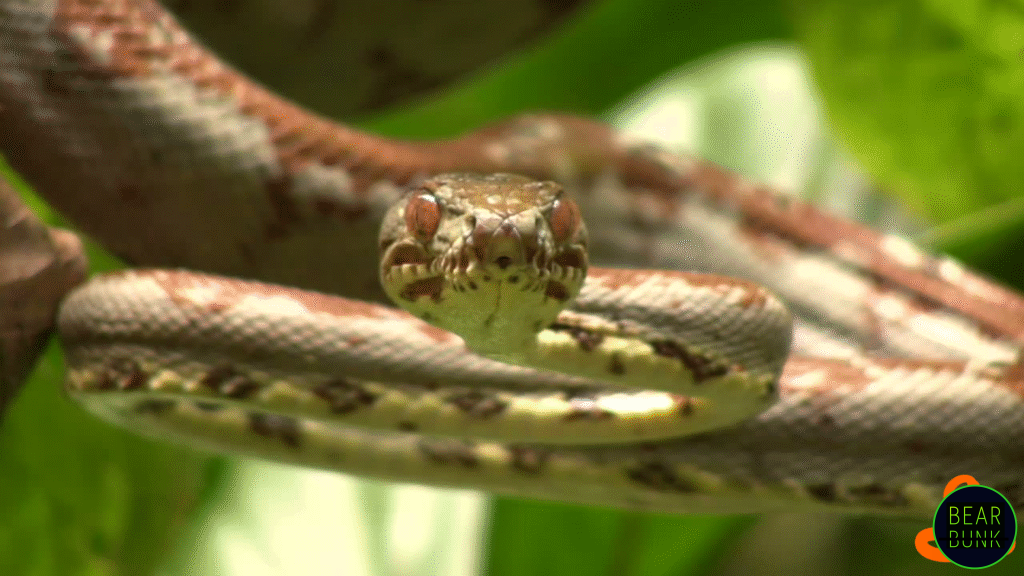
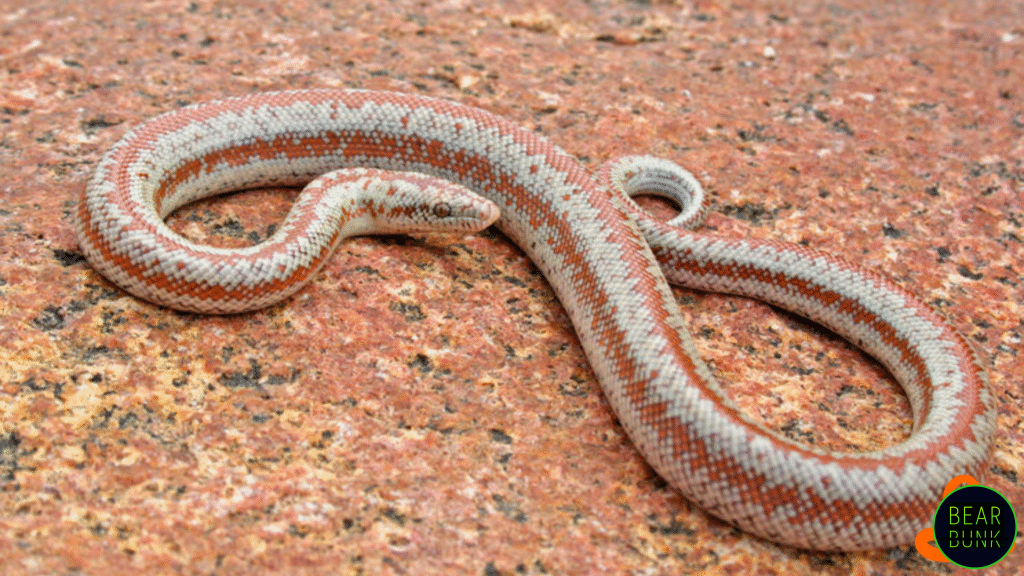
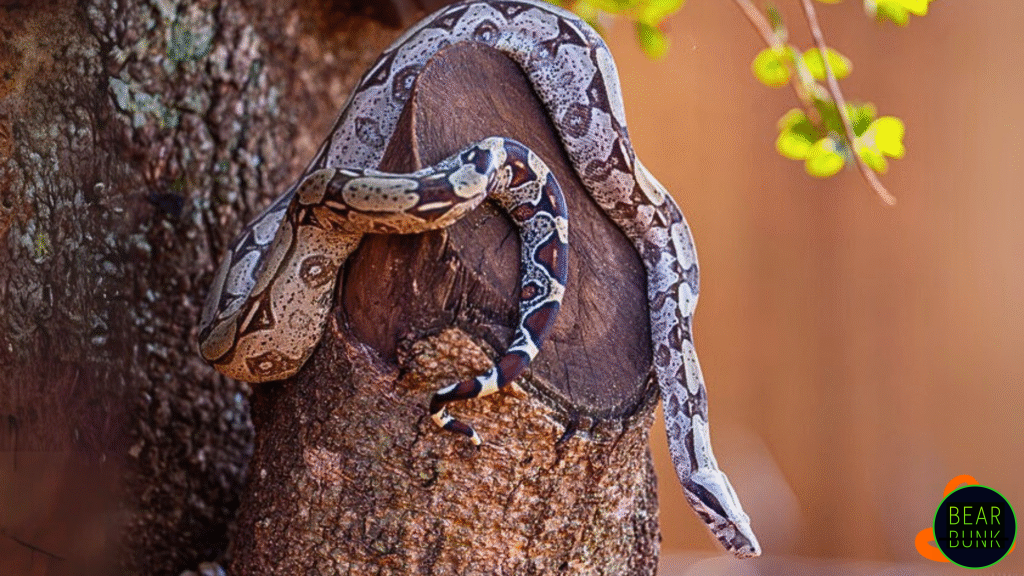
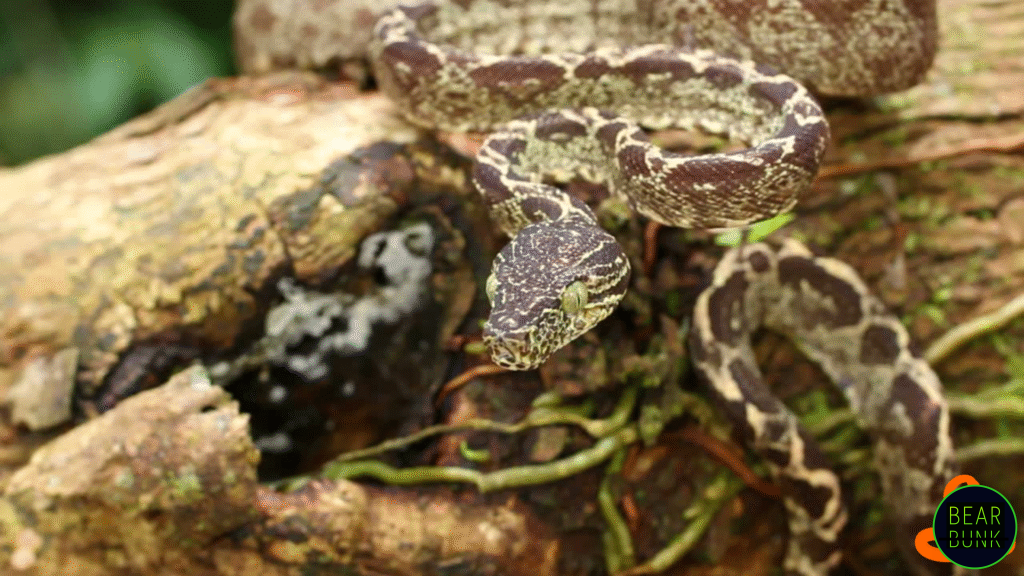
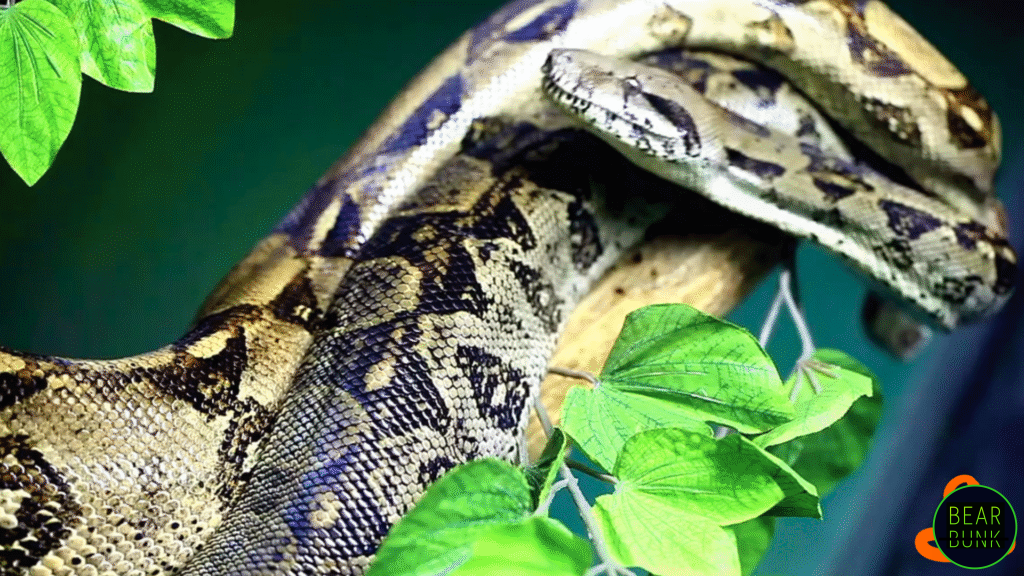
Why We Love Them
Boas are a perfect example of nature’s balance of beauty and power. They’re essential predators that help control rodent populations, and their varied appearances make them some of the most visually striking snakes in the world. Whether resting in the branches of a rainforest tree or gliding silently across the forest floor, boas are truly a wonder to watch.
Conclusion
Boas are a remarkable example of nature’s adaptability and skill. With their striking appearances, unique hunting techniques, and wide range of habitats, they play an important role in the ecosystems they call home. Whether in the treetops or on the forest floor, boa snakes inspire awe and respect, reminding us of the incredible diversity and balance of the natural world.
🦎💚 Stay curious — and keep exploring more amazing animals right here at BearBunk
Did you learn something new? Share this post to your favorite board or group and help others fall in love with the wild world of reptiles.
Watch the Video on YouTube:
Learn more about:
Amphibians and Reptiles, Forest Animals, South American Wildlife, North American Wildlife, and Slow Animals
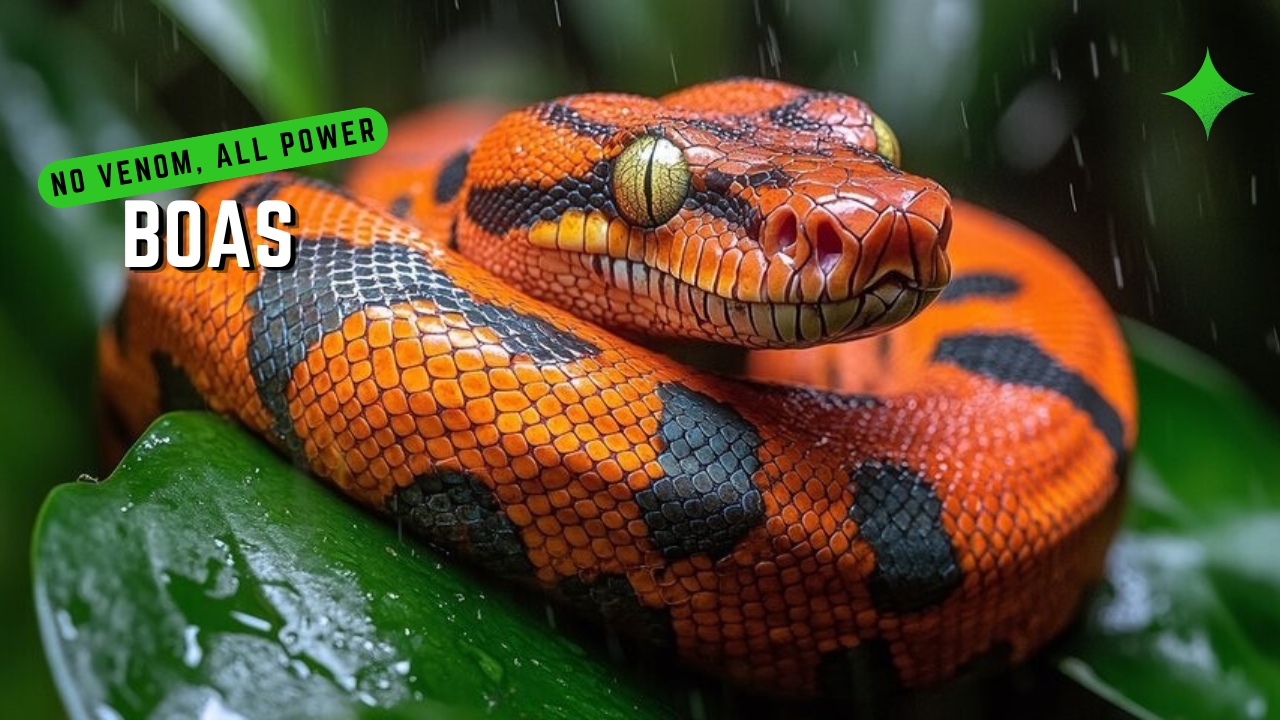





Leave a Reply